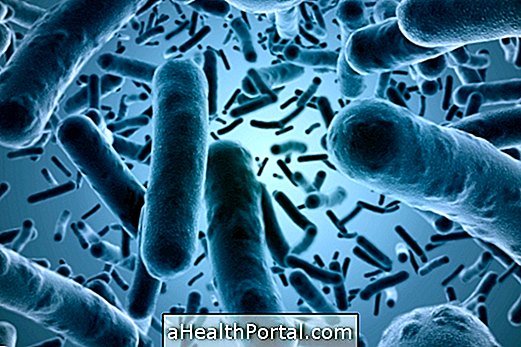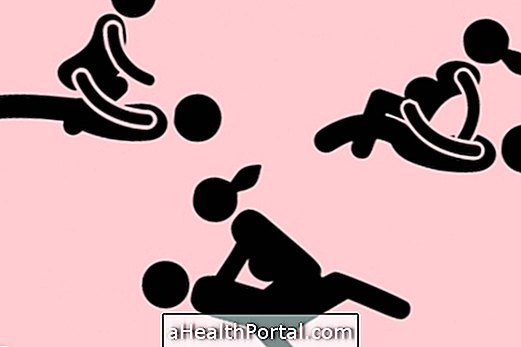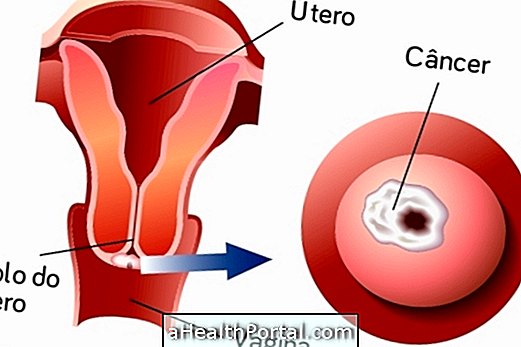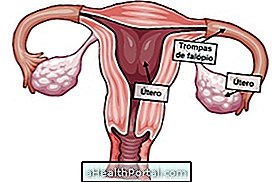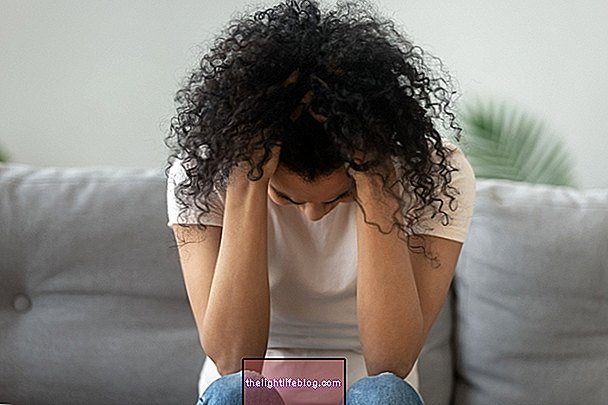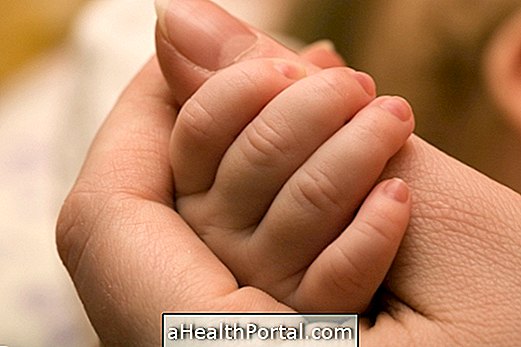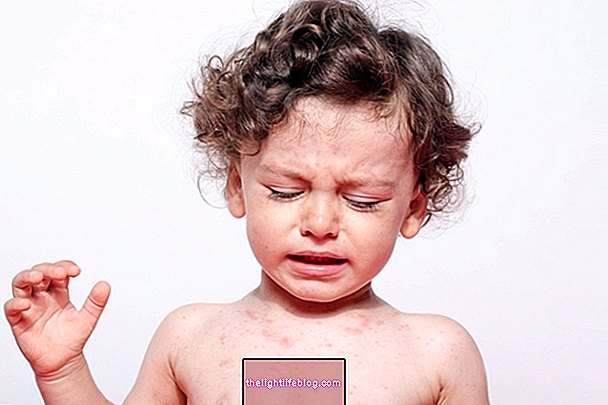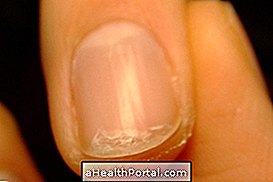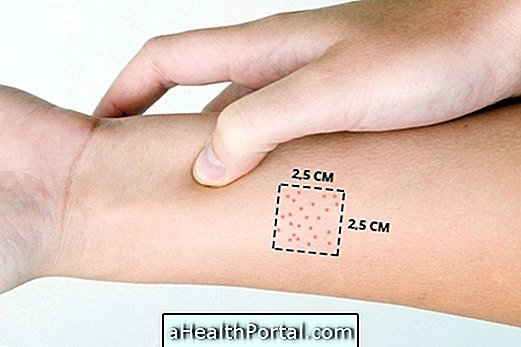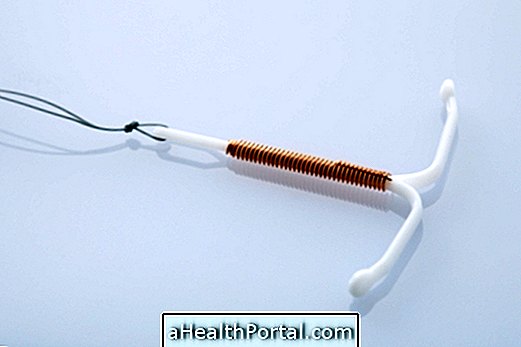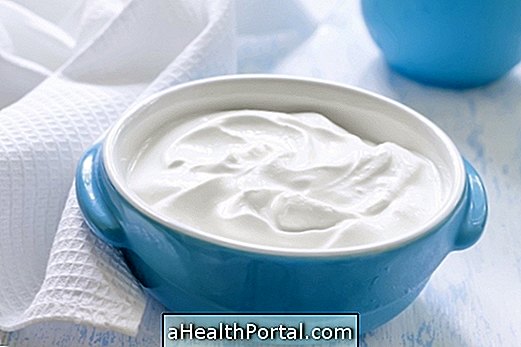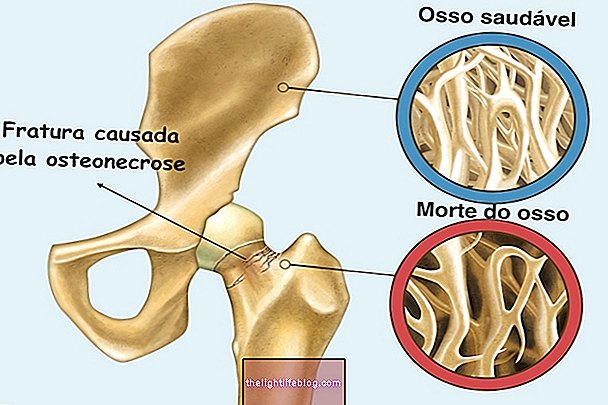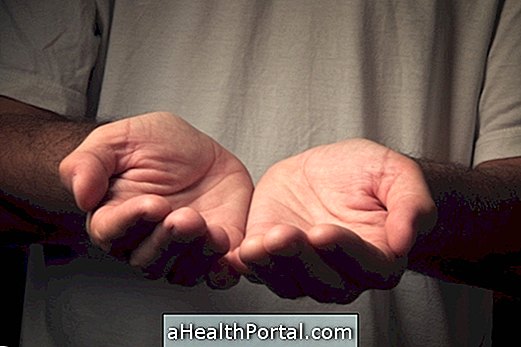The pubic pediculosis, also known as Chato, is the infestation of the pubic region by lice of the species Pthirus pubis, also known as pubic lice. These lice are able to lay eggs in the hair of the region and feed on the blood of the affected person through bites, so it causes symptoms such as itching, hives and irritation of the intima.
This infection is considered an STD because its main form of transmission is through intimate contact, although it can also be transmitted through contaminated clothing, towels or bedding. Although it is very similar to lice infection on the scalp, pubic pediculosis is caused by a different species of parasite. To learn more about scalp lice, check out how to identify and treat lice and lice.
Treatment of pubic pediculosis can be done by removing lice or by using medications such as sprays, lotions or insecticidal creams such as Malathion or Permethrin. In cases of more severe infection, oral antiparasitics, such as Ivermectin, may be used, and an antibiotic may also be associated if there is also bacterial infection.
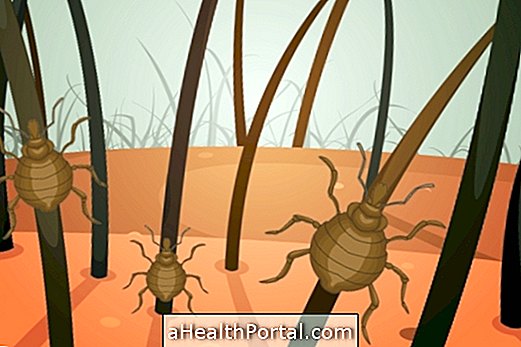
Main symptoms
The most common symptoms of annoying include:
- Intense itching in the intima;
- Irritation and inflammation of the affected region;
- Blood drops or bluish spots on the skin of the pubic region.
In some cases, there may be more intense reactions in the skin, especially in cases of severe infections, urticaria, dermatitis or infection with pus-forming bacteria. In addition, depending on the degree of infection, lice can infest the root of hair from other locations, such as underarms, eyebrows or other body hair.
Because pubic lice have a translucent coloration, it can be difficult to identify the infection, so the itching may be confused with other causes of itchy groin. Find out what are the main causes of itching in the groin and how to do away with them.
How to handle
Pubic lice are transmitted by passing from one hair to another, which usually happens during intimate contact, so boring is considered an STD. However, in some cases, contagion can happen by boring through contaminated clothes, towels or bedding, among people who share.
Contrary to what one might think, lice do not jump or fly and, moreover, do not usually infect dogs and cats, so transmission usually happens only between people.

How is the treatment done?
The forms of treatment for boring include:
- Removal of lice and lice with fine tweezers or comb;
- Use of insecticidal medicines suitable for use on the skin, in the form of sprays, lotions or creams, with Lindane, Permethrin cream or Malationa solution;
- Use of antiparasitic tablet, such as Ivermectin, which is best indicated in cases of extensive or severe infections.
A good natural treatment for pubic pediculosis is to apply vaseline or dimethicone in the affected region because they have asphyxiating properties that help eliminate lice. Check out more home treatment options for lice.
How to prevent
To avoid being contaminated by boring, it is important to maintain good pubic hygiene, keep hair trimmed and avoid sharing intimate clothing.
In addition, to avoid transmission to others of the same household, it is recommended that all bed linen and towels be washed in water with a temperature above 60 ° C if the partner or partner of the infected person is ever treated.
